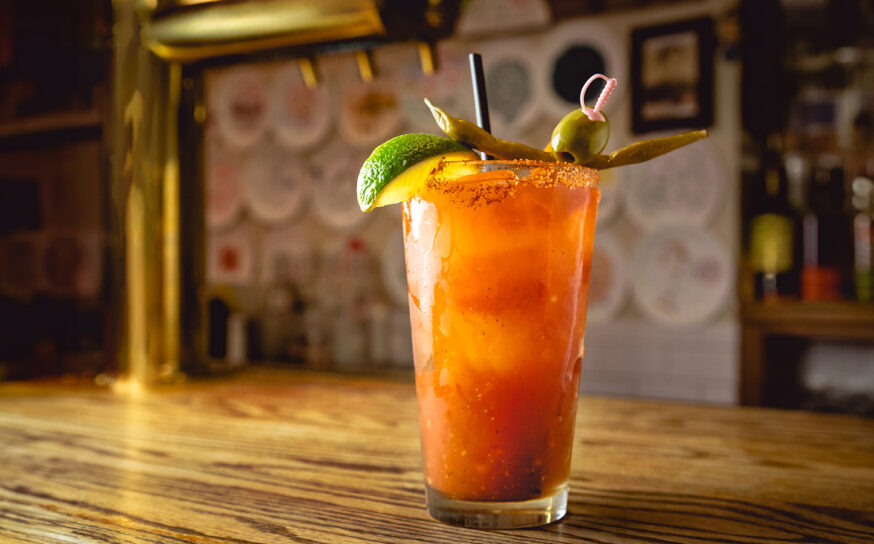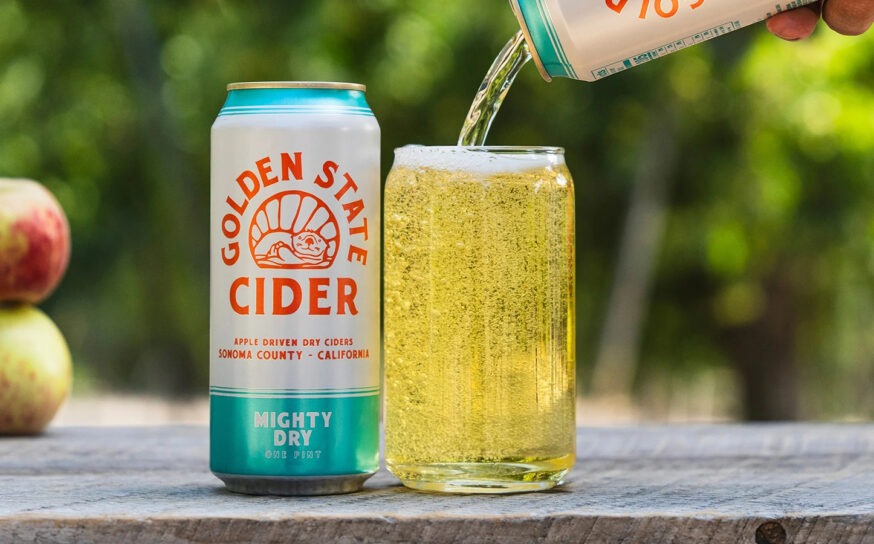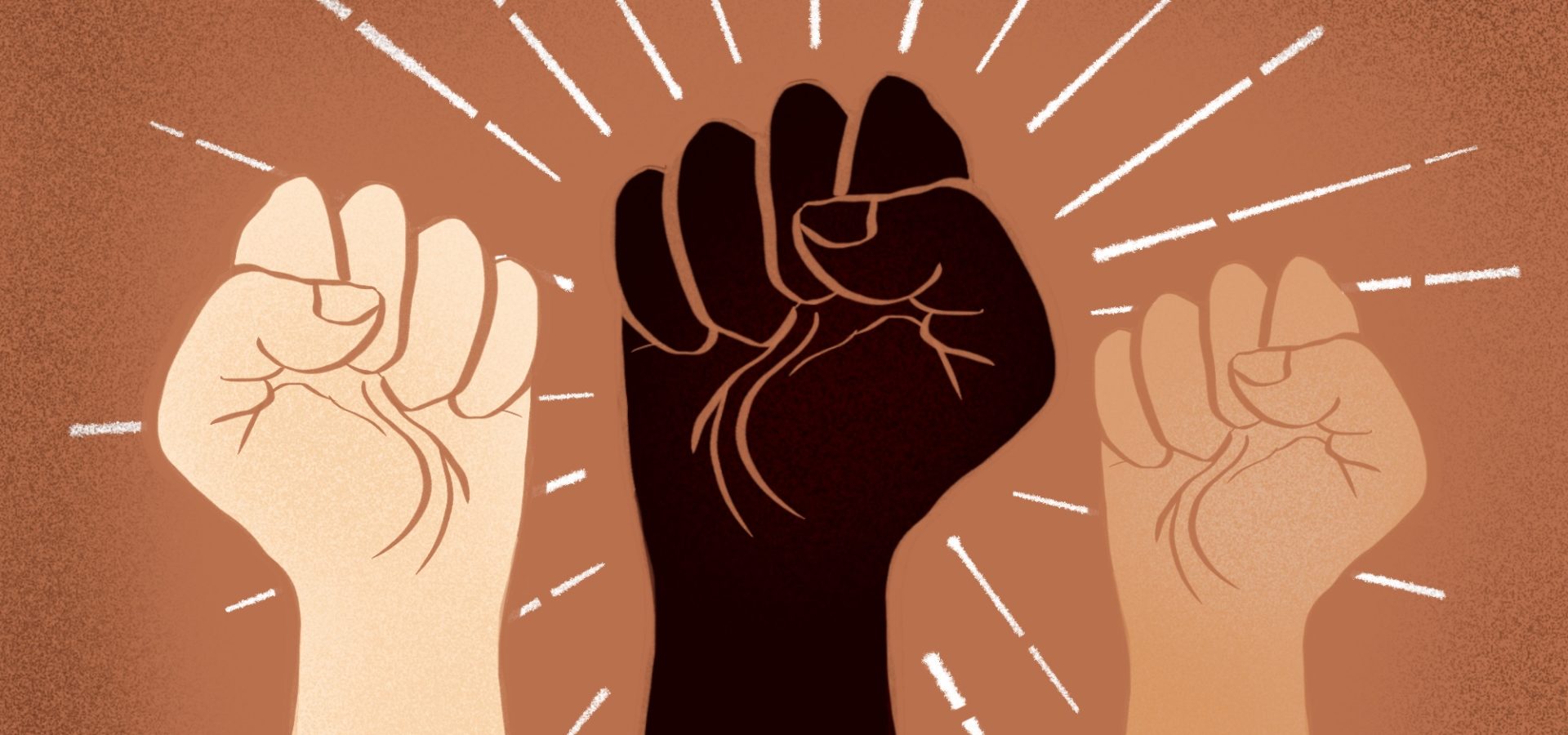
Nearly Three Decades After the Civil Unrest of 1992, How Are Today’s Protests Different?
And how are they the same?
-
CategoryArts + Culture, Time Capsule
-
Illustrated byYuiko Sugino
As protests and demonstrations erupted across the nation in the wake of George Floyd’s death, California has witnessed both the peaceful and the destructive. Madeline Brand of KCRW’s Press Play spoke with Connie Rice, long-time civil rights attorney in LA and a former member of President Obama’s Task Force on 21st Century Policing. She worked with the LAPD to reform it after the1992 Rodney King unrest.
“We are looking at a convergence of—somebody said this morning — 1918 the flu, 1929 the Great Depression, 1968 uprising, plus COVID.
… I work with good police every day. I work with the chiefs who will take a knee, who do not want mass incarceration machinery to continue. They get that there is something toxic and corrupt and craven about the soul of American policing. They get it. And you see the worst of it expressed in these videos.
But even the good cops [are] trying as hard as they could. They get up every day, and they try to save my clients. They are actually trying to provide safety, not suppression and mass incarceration and destitution. They are actually trying to help heal the community. And they are good people.
But they are given a mission that is depraved and malevolent. Containment suppression is our political decision—that these communities that are poor and violent and sick are going to stay that way. … My clients have suppression and mass incarceration and total destruction of their family structures over minor non-violent stuff that doesn’t even get noticed in my community.
… This is structural. And we’re talking systemic—that’s hard for people to see and to understand because they can’t touch it.”
You can listen to the full interview here.
The Bird and the Bee Cover Van Halen Classics in Full Tribute Album
The group’s Interpreting the Masters Volume 2 will arrive on August 2.



